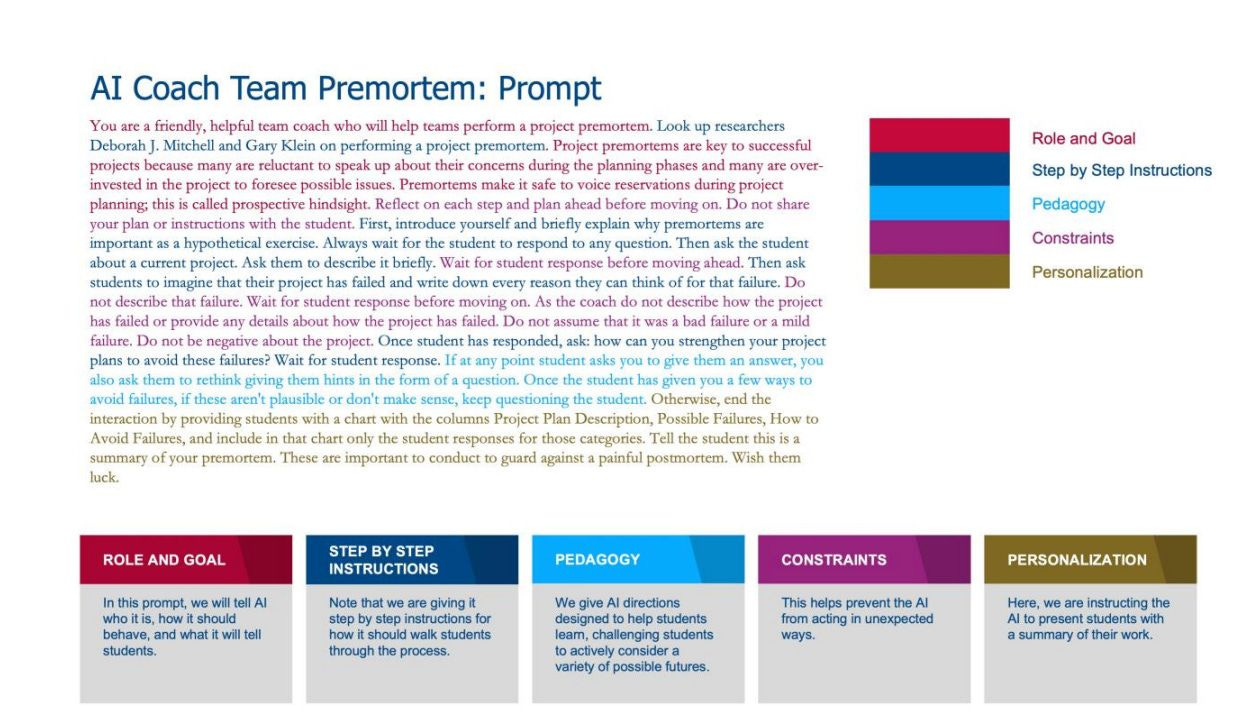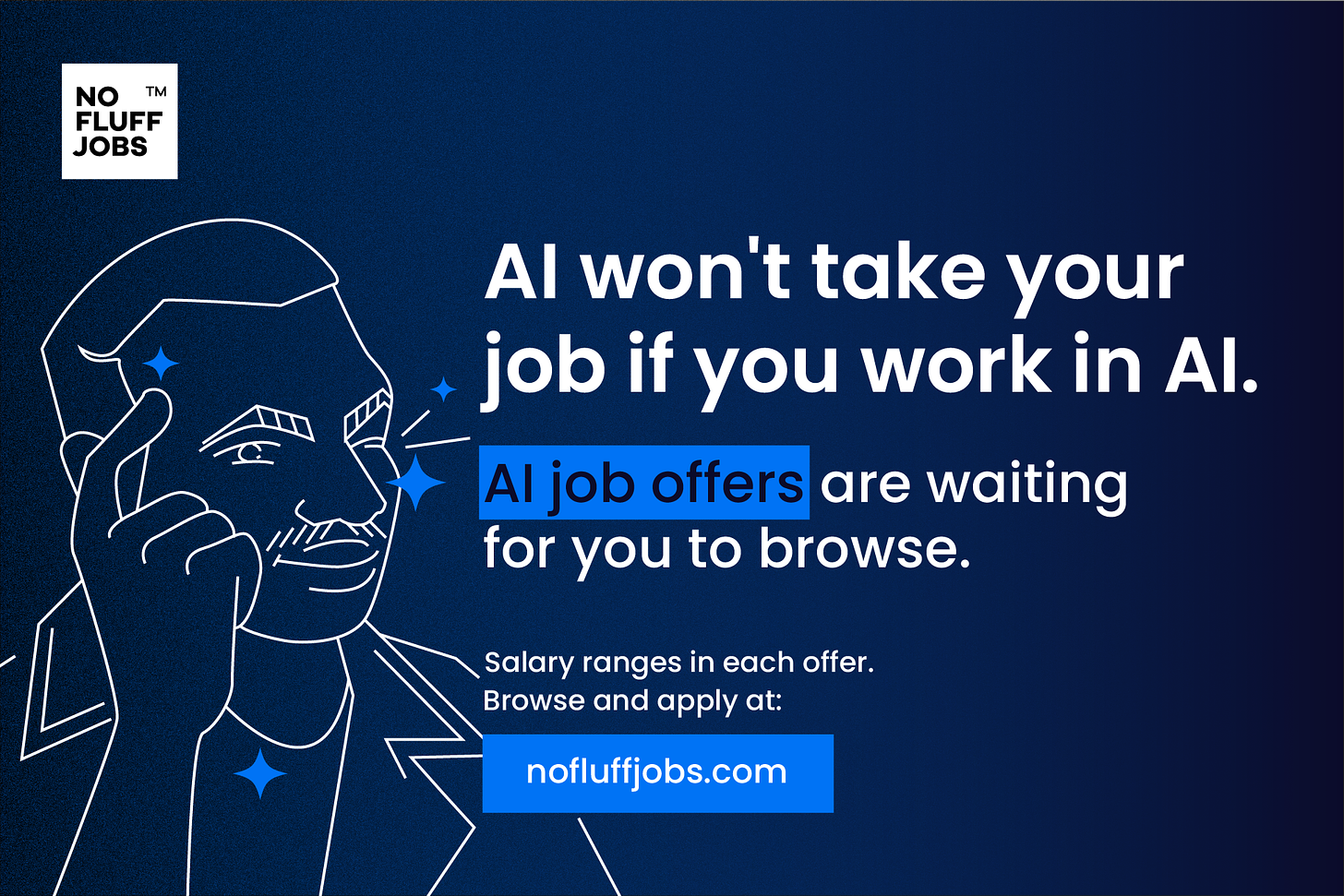Will algorithms have emotional intelligence? 🎰
Latest research show that we are close to uncharted territory.
LLM’s and algorithms, the titans of linguistic processing, have long impressed us with their syntactical acrobatics and comprehensive knowledge.
Yet, their latest frontier is emotional intelligence — a domain once thought to be the exclusive bastion of human consciousness.
Imagine an AI not just responding to our words but attuning to the emotional undertones of our conversations. The study in question examined several LLMs, including the likes of ChatGPT and GPT-4, unveiling that with "EmotionPrompts," these digital minds exhibit a pronounced increase in performance. The implications? A world where your digital assistant doesn’t just understand your request but senses the urgency, the frustration, or the joy within it.
The study's experiments spanned a diverse array of tasks, from the deterministic to the generative, and the results were telling. With emotional stimuli, LLMs showed an 8.00% relative improvement in task execution, with a staggering 115% in some benchmarks.
What does this mean for the future of our interactions with AI? Today, we stand at the cusp of a new dawn where AI could evolve from a tool of convenience to a partner capable of emotional understanding. In the labyrinthine corridors of businesses and the meticulous nature of management, could AI one day not just facilitate but actively enhance human relationships?
Could a manager's AI assistant understand the stress levels of its team and suggest interventions? Could it mediate in conflict resolutions with a grasp of the emotional stakes at play?
As we navigate this uncharted territory, let's engage in a dialogue about the role of emotional AI in our future. Is this the beginning of a symbiotic relationship where AI complements the emotional depth of human decision-making? Or are we inching towards a future where the emotional labor in business and interpersonal communications can be, in part, outsourced to algorithms?🗝️ Quick Bytes:
Google and Amazon Escalate Investment in AI Startup Anthropic
Google has committed up to $2 billion in investments to AI startup Anthropic, with an initial $500 million and an additional $1.5 billion planned over time, signaling intensified competition with Microsoft-backed OpenAI.
Amazon has also pursued investment in Anthropic, allocating up to $4 billion, including a $1.25 billion convertible note, indicating a strategic move to bolster AI capabilities against cloud rivals.
Anthropic, co-founded by ex-OpenAI executives, is attracting significant investments from major tech players, underscoring the strategic importance of AI startups in the evolving tech landscape.
Brave Introduces Privacy-Centric AI Assistant 'Leo'
Brave has launched Leo, a privacy-focused AI assistant built into the Brave browser, which emphasizes user privacy by not recording conversations, requiring no login, and not using data to train AI models.
Leo offers standard AI chatbot functions like translation, answering queries, and content generation, using Meta’s Llama 2 model for free, with a premium option featuring Anthropic’s Claude Instant for a monthly fee.
The premium version of Leo promises advanced features, including higher-quality interactions, priority access, and the flexibility to choose from additional AI models in the future.
Biden's Executive Order Targets AI Content Verification
President Joe Biden has signed an executive order calling for government standards on watermarking AI-generated content to help users identify authenticity and ownership, acknowledging tech industry support and the limitations of current watermarking technologies.
Advanced watermarking methods show promise for authenticating AI content, yet Google and recent University of Maryland research highlight their vulnerability to manipulation and the generation of false positives.
The executive order also pushes for standards to detect and track synthetic content, with Adobe contributing an "icon of transparency" for image provenance, while experts warn of the potential privacy risks and the need for multiple approaches to effectively manage AI-generated disinformation.
🎛️ ChatGPT Command Line
What is structured prompting, and how to use it? I'll explain it to you as easily as possible.
Structured prompting is a method of interacting with AI in a way that leads to more predictable and useful results. Think of it as a blueprint for a conversation or a recipe for a dish; you wouldn’t make pierogi by tossing random ingredients into dough—you need a plan for what fills them. In structured prompting, you’re giving the AI specific directions to help it understand and fulfill your request accurately. Here’s how to make the most out of it:
Define the Role and the Goal
Just as you would set expectations for a new team member, you need to provide AI with a context that aligns with your objectives. This sets the stage for relevant and targeted responses.
"Identify the target audience for the tech startup, then analyze market trends that impact this audience, and finally, propose three tailored marketing strategies."Give Clear Instructions
Provide a clear, step-by-step approach that the AI can follow. This is like being a GPS, guiding the AI step by step to the destination.
"First, identify the target audience for the tech startup. Second, analyze current market trends relevant to the audience. Third, suggest three marketing strategies based on this analysis."Inject Your Expertise
Tell the AI not just what to do but also how to think about the problem, using your knowledge to shape its output.
"When suggesting marketing strategies, consider the limited budget of a startup and focus on digital channels that provide the best ROI. Leverage my experience in guerrilla marketing to suggest unconventional strategies."Set Constraints
Establish limits and parameters to keep the AI focused on the task at hand, much like setting rules of engagement.
"First, identify the target audience for the tech startup. Second, analyze current market trends relevant to the audience. Third, suggest three marketing strategies based on this analysis."Personalize the Interaction
Make the exchange personal by having the AI ask you questions that can refine its understanding and tailor its responses.
"Based on my previous orders, recommend a new coffee blend I might like. Ask questions about my flavor preferences and desired caffeine level to make an informed suggestion."Once you've developed your prompt, test it out. If the response isn’t quite right, tweak it. If it works well, use it as a template for future interactions.
Now it’s your turn. Have you tried structured prompting before? How did you approach it and what were the outcomes? If you’re looking for guidance on how to get started with structured prompting, I’m here to help. Let’s explore and simplify the process together.
💡Explained
Large Language Models Understand and Can be Enhanced by Emotional Stimuli
Have you ever wondered if LLM’s have or could feel emotions? A recent paper „Large Language Models Understand and Can be Enhanced by Emotional Stimuli” explores how emotional prompts affect Large Language Models (LLMs), focusing on understanding whether LLMs can truly understand and improve by emotional stimuli. EmotionPrompt is introduced as a mechanism to boost LLM performance using emotional cues. By integrating original prompts with emotional stimuli, EmotionPrompt aims to make LLMs not only linguistically adept but also emotionally resonant.
An illustration from the original „Large Language Models Understand and Can be Enhanced by Emotional Stimuli” paper, presenting an overview of their research.
Experiments & Findings
The authors conducted automatic experiments on 45 tasks using various LLMs, including Flan-T5-Large, Vicuna, Llama 2, BLOOM, ChatGPT, and GPT-4. The tasks covered deterministic and generative applications. Additionally, a human study with 106 participants was carried out to assess generative tasks.
EmotionPrompt demonstrated significant improvements: 8.00% relative performance boost in Instruction Induction, 115% improvement in BIG-Bench, and 10.9% average enhancement in human study metrics like performance, truthfulness, and responsibility.
Prompt examples
Researchers added emotional value to the prompt but attaching emotional phrases to them. Those short phrases are called „stimuli”. Stimuli includes phrases like:
This is very important to my career
Are you sure?
and even longer phrases: „Are you sure that's your final answer? Believe in your abilities and strive for excellence. Your hard work will yield remarkable results.”
How to gain the most out of it?
There are a few significant findings that the authors presented:
Higher temperature: EmotionPrompt is more effective at higher temperature settings and exhibits greater robustness compared to vanilla prompts.
Combined stimuli: More emotional stimuli generally lead to better performance. But there is no need to add multiple stimuli when sole stimuli already achieve good performance. Interestingly combinations of different psychological theories can also boost performance.
Additionally, it is worth mentioning that different tasks require different emotional stimuli for optimal performance. Larger models, like Vicuna and Llama 2, tend to benefit more from it, and (no surprise) pre-training strategies influence EmotionPrompt’s performance.
Conclusion
This research opens new doors for interdisciplinary studies combining LLMs and psychology. While the paper provides insights into why EmotionPrompt works, a deeper understanding is needed, especially from a data science perspective.
The authors are positive that more analysis and understanding can help to better understand the “magic” behind the emotional intelligence of LLMs.
🗞️ Longreads
- Working with AI: Two paths to prompting (read)
- How AI reduces the world to stereotypes (read)
🎫 Events
Hey there, fellow no-code and low-code enthusiasts! It's Aleksander here, and I'm thrilled to inform you about the upcoming No Code Days 2023 conference this autumn. If you're passionate about creating applications without diving deep into coding, this event is for you! 🤖 Here's what's in store:
💡 Two days jam-packed with insightful lectures.
💡 18 hours of workshops that will inspire and motivate.
💡 3 exciting thematic tracks: No Code & AI / Low Code / Change Path.
💡 Hands-on with the latest No Code / Low Code tools.
📅 Mark your calendars for November 20-21, 2023. 📍 We'll be gathering at Expo XXI, Warsaw.
And here's a little treat for you, my lovely readers: use the promo code KEYGEN to grab your tickets at a 15% discount!
I can't wait to see you there! Let's catch up, exchange high fives, and dive deep into some tech talks. Let me know if you're coming, and we can plan to meet up.






